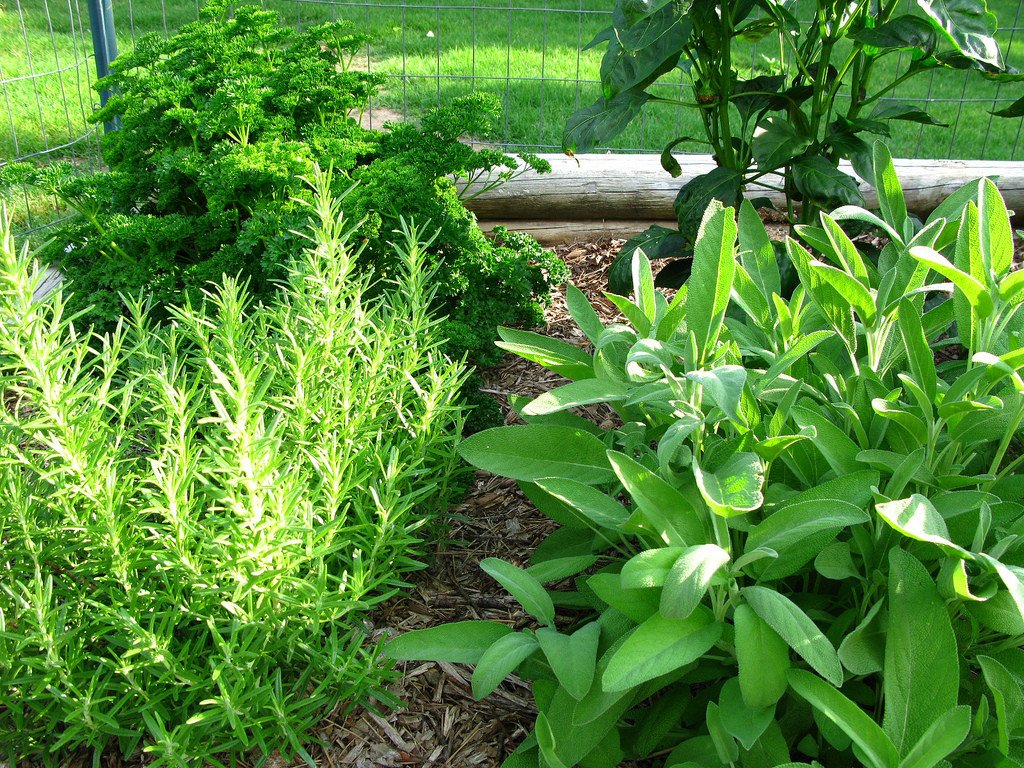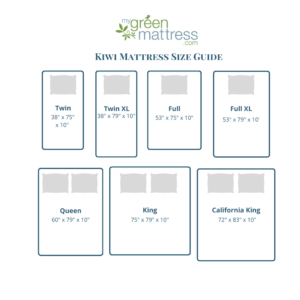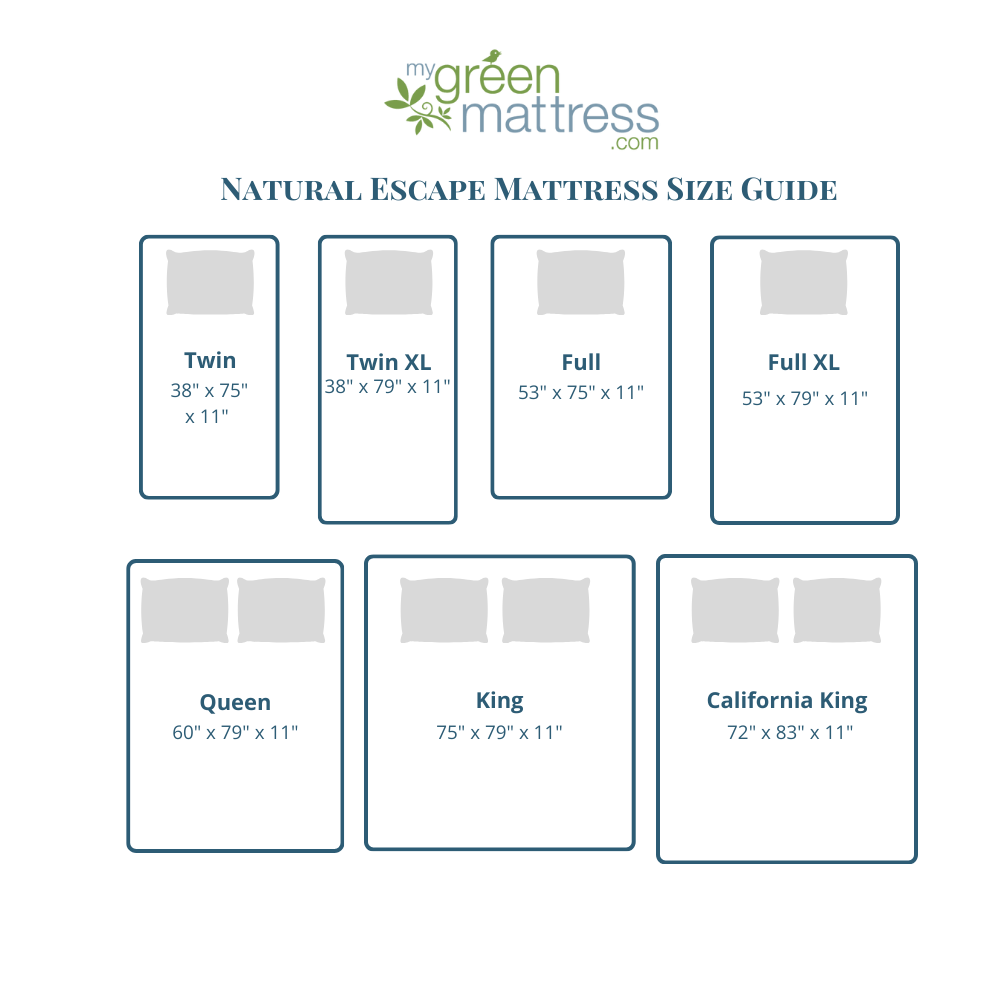With so many options of different plants to grow in the garden, it can be hard to choose which ones to make room for, especially if you don’t have a big area to garden in. It’s hard to go wrong when choosing any plant, but there are some that seem to a have a lot more health benefits than others when consumed.
Herbs are my favorite things to plant because of the immense amount of flavor that they bring to my dishes for most, if not all, of the following year. In particular, I love rosemary, thyme and basil. Not only do they have a great flavor and scent, but they have amazing nutritional and healing properties as well.
If you are planning on growing a garden this year, or are just planning on buying herbs as you need them to cook with, consider the medicinal value of each, along with the flavor and aroma each will add to your dishes. Not all herbs retain their medicinal properties when cooked, so it’s important to know which ones are better consumed in their raw state.
Basil
This plant provides antioxidants, which help to neutralize free radicals in our bodies, thus helping to keep disease, such as certain types of cancers, away. Antioxidants are also what helps to keep us younger looking! Basil is most beneficial in its raw form; cooking it significantly reduces its medicinal properties. This herb works great as a final addition to fish, poultry, red meats, pastas, sauces and soups.
Cilantro
This is one of my favorite herbs flavor wise, but one I have trouble keeping alive; a few weeks after planting, it’s gone. If you have the touch to keep it plentiful, you’ll have a powerful antibiotic at your disposal. It is often used to combat salmonella, as it can battle the bacteria at any stage. This plant is effective for toxic metal cleansing, binding to the metals and loosening them from the tissue, allowing the body to dispose of them (Global Healing Center). Cilantro is best used fresh; it adds delicious flavor to salsa, rice, quinoa and fish dishes.
Lavender
Lavender is a plant that needs little to flourish. Full sun, little water and poor soil is what it grows best in. Lavender is most often used as a tea, or as an essential oil. As an oil, it can be used topically on burns to encourage healing and to prevent scaring. Many people use it on their head to alleviate headaches. It can be used in a spray or a in bath for a calming de-stresser. It can be used in the dryer to give your clothing a natural, fresh scent. It also helps to promote sleep. As far as baking with the lavender plant, it’s most often used for sweeter dishes, like breads, muffins and desserts.
Rosemary
This herb frequents my garden yearlong; it even survives the snow! Perhaps the reason it is so plentiful, despite my lack of being a seasoned gardener, is the fact that it doesn’t require much care. All it needs is sun and poor, dry soils. Like basil, this plant provides antioxidants, but unlike basil, rosemary retains its medicinal properties when cooked. I like to use it in stews, soups and on poultry and lamb.
Thyme
Thyme is an antimicrobial herb, providing powerful antiseptic properties. “During World War I, thymol from thyme was a famous battlefield antiseptic” (Mother Earth Living). Thyme has a wide range of purposeful uses. It’s handy to have during a case of food poisoning. Thyme oil proves to have anti-fungal properties and can be used both topically and internally. Thyme’s medicinal properties hold when cooked. I love using thyme on almost anything – when roasting a turkey, in soups and stews, on fish – it’s very versatile!
Sage
Sage is a memory-boosting herb, helping to stimulate the brain. It is both an antioxidant and an anti-inflammatory. Sage has been shown to inhibit the enzyme implicated in Alzheimer’s disease (Mother Earth Living). The herb has also been shown to have blood-sugar lowering effects in diabetics. Sage can be used to help a mother dry up her milk supply when weaning her child. Sage is particularly good on poultry, meats and in some soups and also makes for a delicious tea.









